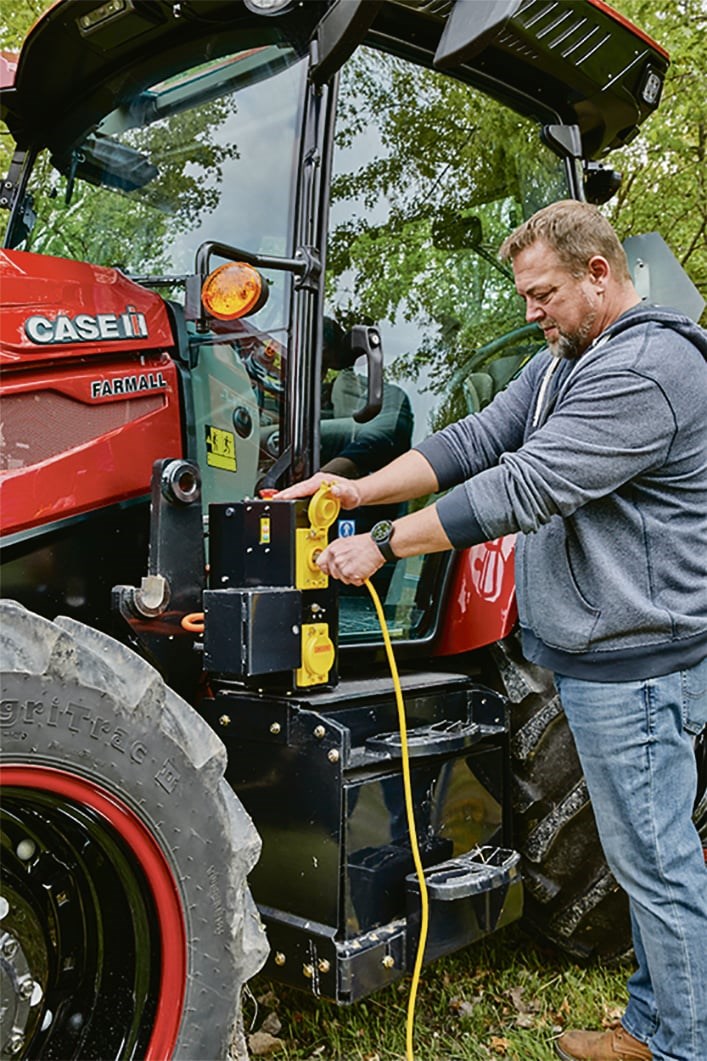Labour shortages in the agricultural industry continue to attract considerable attention. We covered it most recently on the front page of the Nov. 9 issue, which reported on a new survey from the Canadian Agricultural Human Resource Council.
The results were predictably grim: 28,200 jobs unfilled during peak season in 2022, resulting in a 3.7 per cent decline in sales and an estimated $3.5 billion in lost sales for on-farm agriculture businesses.
The nationwide job vacancy rate was 5.9 per cent, but agriculture reported peak vacancy of 7.4 per cent.
The future isn’t expected to brighten anytime soon. The council forecasts that over the next eight years, the domestic labour gap will rise by 15 per cent from 87,700 this year to 101,100 in 2030.
To ease this situation, varied solutions will be required. On the home front, suggestions include better education of the domestic workforce to promote the opportunities available in agriculture. It’s a dynamic industry with jobs available from the basic to the high-tech, but that still doesn’t seem well-known outside agricultural circles.
More and more, however, the industry is looking outside the country for answers.
Increased immigration appears to offer a solution. Beyond the Temporary Foreign Workers Program, some programs provide a pathway to permanent residency. Data in the most recent CAHRC report shows more agricultural producers are taking this route.
It said primary agriculture employed 30 per cent more foreign workers in 2022 compared to 2017.
While immigration may seem to be the answer to agriculture’s labour woes, another report — appropriately titled The Leaky Bucket — throws some cold water on that solution.
Researched by the Conference Board of Canada for the Institute for Canadian Citizenship, the report says the number of immigrants who left Canada for other countries increased to 31 per cent.
In terms of retention, fewer permanent residents choose to acquire Canadian citizenship within 10 years of their arrival in this country. The report said that figure dropped by 40 per cent between 2001 and 2021, indicating many immigrants don’t see the benefits of living in Canada.
None of this is good news for an agricultural industry trying to solve its labour shortage with immigration.
The report recommends “investing in settlement services and other programs that make immigration to Canada rewarding and enjoyable, with a focus on the first 10 years after arrival.”
It also says employers should be supported in their efforts to recruit, hire and retain immigrant workers.
Western Canada was settled more than 100 years ago largely by offering newcomers virtually free land. Even today, prairie farmland is much cheaper than that found in Europe, which has
But the days of enticing people to settle and work in agriculture by offering land are long gone. Other ways must be found.
A common refrain is that farmers must make it worthwhile for an immigrant to work on a farm, including appropriate wages, proper housing and room for advancement.
As well, rural communities need to become more welcoming places where newcomers want to settle down and make a home.
That might be what it takes to convince newcomers to stay here and help the agriculture industry thrive.
Karen Briere, Bruce Dyck, Barb Glen, Michael Robin, Robin Booker and Laura Rance collaborate in the writing of Western Producer editorials.
SASKTODAY.ca is Saskatchewan's home page. Bookmark us at this link.




